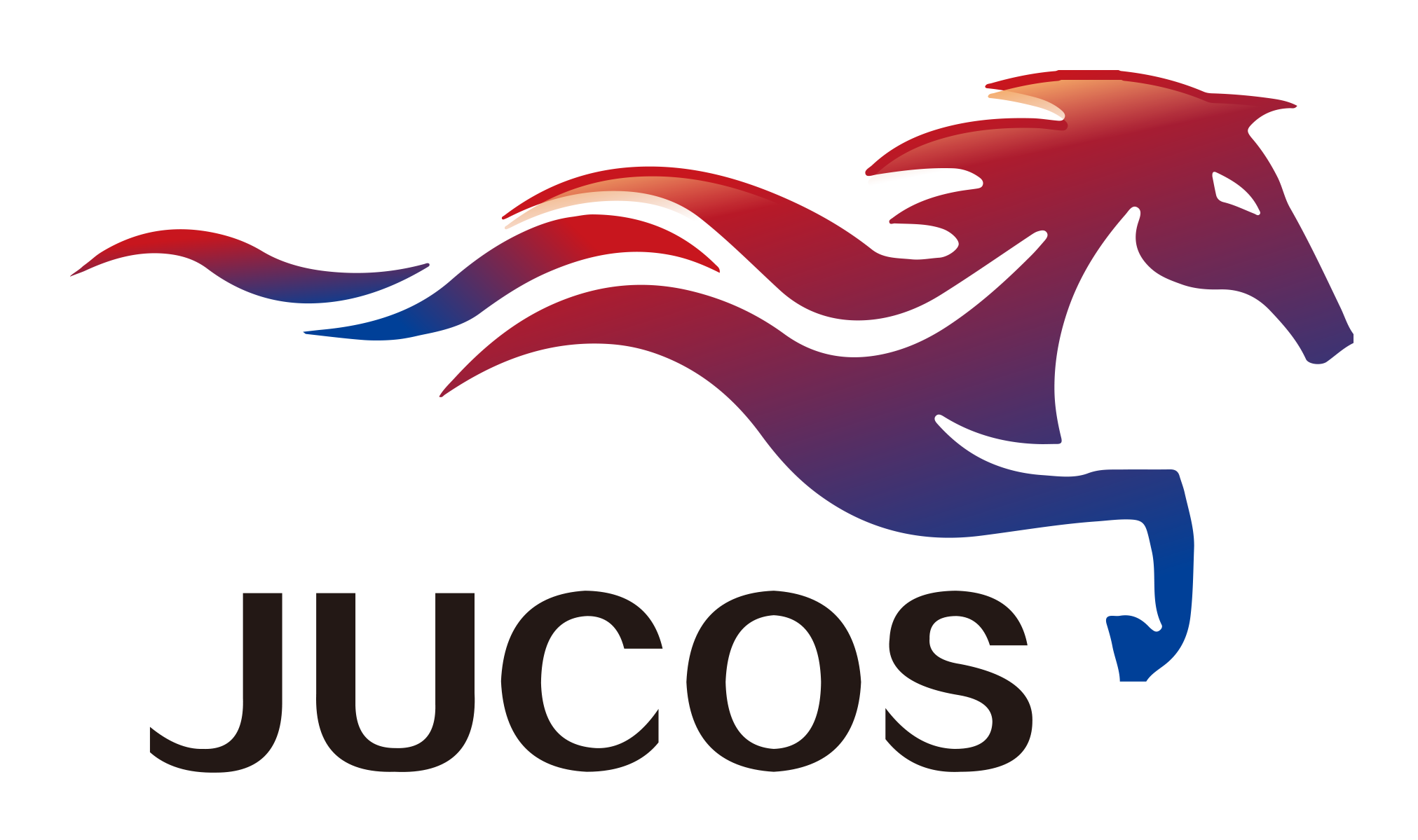Hot Forming Properties of Magnesium Alloy Sheets
The formability of magnesium alloy sheets in a hot state is much better than that in a cold state, so most of the workpieces are formed in a hot state. The forming method and heating equipment are the same as those of aluminum, copper and other alloys. Of course, the tools and The process parameters are different, it can be formed into quite complicated workpieces by deep drawing at high temperature without annealing, so the process is less, the forming time is short, the mold used is simple, the rebound of the workpiece is small, no shaping is required after forming, and the size deviation of the workpiece Much smaller than cold forming without loss of mechanical properties.
worksheet selection
There are coiled boards and extruded boards. It is recommended to choose coiled boards and O boards, because they are cost-effective and have a wide range of optional thicknesses. H24 boards are also available. Try to do some experiments before molding to determine the best heating temperature and holding time.
thermal expansion effect
The linear expansion coefficient of magnesium and magnesium alloy plates (the average value from 20 to 300) is 28.110-6m/m, which is much larger than that of iron. For example, when it is 100, the linear expansion coefficient of iron is only 11.910-6m/m, while The linear expansion coefficient of magnesium is 1.36 times that of iron. Therefore, it is necessary to use steel or casting molds when magnesium alloy sheets are formed from steel or casting molds. The linear expansion coefficient of magnesium alloys is almost the same as that of aluminum alloys and zinc alloys. Using these two There is no need to correct the size factor when forming an alloy mold.
preprocessing
Before heating, the metal plate should be treated to remove all foreign matter on the surface, the dies and punches should also be clean, and the tools can be cleaned with solvents.
heating
Both the slab forming and the forming mold should be heated. The heating equipment includes: heating plate, heating furnace, electric heater, heat transfer liquid, induction heater, bulb and other infrared heaters, etc. Infrared heating is to use a group of infrared heating. Simple, low cost, when the heat transfer fluid is usually oil, hot oil circulates in the mold channel, its maximum temperature is 175, the heat transfer fluid heating equipment includes a vaporizer.
temperature control system
The temperature should be strictly controlled during hot forming of magnesium alloy sheets. When producing a small number of parts, the temperature can be monitored with a contact thermometer. When forming in batches, it should be automatically controlled to control the temperature more accurately.
lubrication
Lubrication in hot forming is more important than cold forming, because magnesium alloy sheet material is more prone to surface damage in hot state, the choice of lubricant mainly depends on the forming temperature, available lubricants are mineral oil, animal oil, grease, soap, Wax, fluidized molybdenum, colloidal graphite, thin paper and glass fiber, etc., the choice of lubricant mainly depends on the molding temperature.
When the molding temperature is lower than 120, grease, animal oil, soap, paraffin can be used. During spinning, the lubricant should stick to the workpiece to avoid centrifugal force from throwing the lubricant out. The lubricant used should be easy to remove after molding; When the molding temperature is higher than 120°C, ordinary grease, grease and paraffin cannot be used, but colloidal graphite can be used; when the temperature reaches 230°C, soap can be used for lubrication; when the molding temperature is higher than 230°C, colloidal graphite-fluidized molybdenum and graphite can be used - Alcohol mixture, the lubricant on the workpiece should be removed as soon as possible after molding, so as not to corrode for a long time and it is difficult to remove. When the lubricant is not suitable, it can be lubricated with tissue paper or glass fiber, and placed between the tool and the workpiece.











